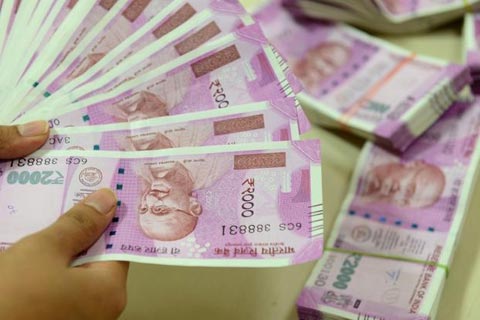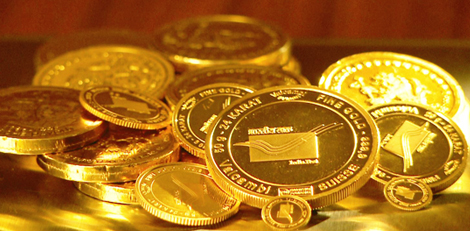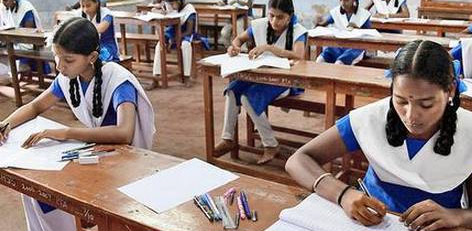Fixed Deposit gives better returns after repo rate hike
Posted on: 08/Jun/2018 1:05:41 PM

Reserve bank of India (RBI) recently announced the hike of the repo rate from 6 percent to 6.25 percent. Followed by the RBI guidelines many banks have increased their deposit rates as a result of repo rate hike. RBI reported this hike increase by 0.25 percent of the current rate in the second bi-monthly meeting of Monetary Policy committee on June 6. This rise of the repo rate happens after four years of the previous hike. After the official announcement many banks had increased the interest rate leading to high returns for customers having the fixed deposits or people planning for investing in fixed deposit accounts.
On June 5 the interest rate went up from 7.834% to 7.917% that yields the ten-year bond of long term deposits on the current interest oriented economy. If the graph finds an increasing set of parameters in the upcoming days the rates may hit a mark of 7.975% in the reporting time. In spite of the gradual increase in the rates the short term interest rates finds a marginal decline. The short term liquidity and the interest rate in the economy has the good feature at present in the form of weighted average call money rate, coming down from 5.89 percent to 5.88 percent on June 6.
So there will not be a big zone of change in terms of short term interest rate. However the impact will be effected upon the long term interest rate, thus concluding the fact of high returns for the fixed deposits. Now RBI has relaxed the LCR (Liquidity Coverage Ratio) and also after the increase in repo rate the guidelines mentioned a 2 percent additional securities of the banks to be calculated as SLR. So the banks will have extra money liquidity to provide lending, interest and loan options for the customers. Overall the recent updating of the repo rates raised up the returns of the long term investment through fixed deposits.
The global economic condition remains stagnant for considerable time leading to crude oil price variations. Especially in India the crude oil price were on a spree of increasing hike for recent three years may lead to Fixed Deposit rates. The take up of Reserve Bank of India in this economy crisis stands neutral resulting in the increase of the interest rates of fixed deposit maximum by 25 points in the next three months.
The news can bring some enthusiasm among senior citizen customers who rely largely on the returns acquired through their fixed deposits. An increase of 0.25 to 0.5 percent to senior citizens leading to speculation of FD interest rate touching the 8 % level after a very long gap.







